Vietnam is a global hotspot for biological diversity. There are 25 primate species living in Vietnam’s dense jungles and karst mountains, and five of them are endemic to the country and can be found nowhere else on Earth. This is the highest species diversity of primates on the South-East Asian mainland. However, more than 90% of Vietnam’s primate species are threatened according to the IUCN Red List. How did the situation turn so dire? A history of war, poverty, and the vicinity of the Chinese market for traditional medicine create a high demand for wild meat and wildlife parts which puts an extremely high pressure on the wild primates of the country. Poaching and wildlife trade is in fact so rampant that not even all protected areas can provide shelter to the country’s remaining wildlife. We arrive at the Endangered Primate Rescue Center in Cuc Phuong National Park to learn how experts with 30 years of experience in primate rescue, rehabilitation, breeding and education see the future of Vietnam’s primates.
A curse on wildlife
Wildlife populations are declining globally, but somehow Vietnam’s case, especially considering its species diversity, is even more intense. Tigers have been effectively hunted to extinction. The last Javan rhino was shot by poachers in 2010. Only very small populations of elephants, and little to no bears can be found in the wild. But why is this the case? During and after the Vietnam war, many people fell into deep poverty, and had to resort to taking the forest resources for subsistence. The following decades have brought dark times for many large species. Of course, habitat destruction and fragmentation have transformed the landscape as well, leading directly to the decline of wildlife populations due to the lack of food, mating opportunities and gene flow. But there is another, very specific reason. “Each year, thousands of animals are illegally captured and traded in Vietnam for meat consumption, traditional medicine, as pets or as decoration for the home,” tells us an employee of the Small Carnivore and Pangolin Conservation Centre located in Cuc Phuong National Park, and managed by the NGO Save Vietnam’s Wildlife. Civet cats are eaten and caught for the infamous Kopi luwak coffee production. Porcupines, various primates and soft-shell turtles are also hunted for their meat. And pangolins, the world’s most trafficked animals are caught for their scales, which in traditional medicine are believed to cure everything from asthma to reproductive problems, and even cancer. “There are a few breeding centres for certain species that are considered delicacies, such as civet cats and porcupines, and restaurants are not allowed to sell wild meat without clear documentation of where it was sourced from anymore. However, in reality it is very difficult to track whether the meat comes from captive breeding or the wild,” explains the expert at the Small Carnivore and Pangolin Conservation Centre, while he shows us a series of snare traps confiscated from poachers and collected from forests.




Illegal wildlife trade and wildlife consumption are the main challenge facing wildlife populations in Vietnam, as well as Laos and Cambodia. The meat of various wild animals is still openly sold on markets.
In the Endangered Primate Rescue Center (EPRC), we hear the same narrative. Over its 30-year existence, the team rescued over 300 rare primates from illegal wildlife trade. “In fact, most of our primates are confiscated from trade, and many orphans end up here after their parents were killed,“ tells us Elke Schwierz, head keeper of EPRC as we take a walk along the enclosures. She has been working here since 2002, and we are listening to the most insane stories of primate rescue from her. She, as well as her whole team, respond to any call they receive about illegally kept primates, no matter which part of Vietnam it comes from. “Primates are confiscated from private individuals very regularly, but in the past, we often collected primates from fancy hotels, and it wasn’t always easy to confiscate them and transport them to the centre,” she adds, as she recalls some adventurous rescues.
Take for example these crested gibbons, which have their stronghold in Vietnam. They are almost exclusively arboreal and live in the forest canopy. Poachers shoot the parents to get to the young ones. After the mother falls on the ground, the poachers can get to the baby. In this practice, about 20 gibbons die until poachers manage to catch one alive.
Elke Schwierz, Head keeper at the Endangered Primate Rescue Center
Primate rescue and rehabilitation
When it comes to Vietnam’s primates, numbers say more than a thousand words. Of the country’s 25 species, 7 are listed as “Critically Endangered”, 10 are “Endangered” and 6 have the conservation status of “Vulnerable”. Furthermore, 3 species are named under the “The World’s 25 Most Endangered Primates” in IUCN’s “Primates in Peril” report from 2016-2018. Intervening at this point to rescue the species from extinction must mean that a captive breeding program needs to be started. This is the only way for conservation to avoid extinction.
The birth of the Endangered Primate Rescue Center is connected to a very rare primate species, called the Delacour’s langur. The species was first described in 1932 based on a museum specimen, and until 1987 it was unknown if it still exists in the wild. In that year it was Radoslaw Ratajszczak who took the first ever photograph of a Delacour’s langur in the wild in Cuc Phuong National Park.
Therefore, in 1991, German conservationist Tilo Nadler, along with members of the Frankfurt Zoological Society in Germany started a project in Cuc Phuong National Park focusing on the habitat protection of the Delacour’s langur as well as ranger trainings to strenghten law enforcement. His team wandered through the jungle searching for this unique species and finally found two individuals, sadly in captivity being sold on the market. Tilo was horrified at the sight of people potentially slaughtering these rare animals that he and his colleagues were searching for.
Following surveys in the national park and in surrounding areas showed a very high hunting pressure. Therefore, in 1993, the Frankfurt Zoological Society, the IUCN Primate Specialist Group and the Ministry of Forestry of Vietnam signed an agreement to help Vietnam conserve primates, and establish the Endangered Primate Rescue Center in Cuc Phuong National Park the very same year. Since 2013, the German Zoo Leipzig has been the primary supporter of the EPRC in collaboration with Cuc Phuong National Park authorities.
Since its foundation, the Endangered Primate Rescue Center has been dedicated to the rehabilitation, breeding, research and conservation of Vietnam’s endangered primate species, while educating and raising awareness of visitors coming from all over the world. The Endangered Primate Rescue Center has rescued around 300 primates, bred approximately 220 individuals and released about 70 of them back to the wild. Visitors can observe four species of nearly extinct langurs, gibbons and lorises, most of which were rescued from wildlife traffickers. “We currently have about 130 langurs, 30 gibbons and 30 lorises in the center, some being the first of their species to be born in captivity, including the critically endangered Cat Ba langur, Delacour’s langur and the Grey shanked douc langur,” tells us Elke, as she takes us to two new Slow lorises that arrived recently. She adds “we receive many lorises confiscated from traffickers, but thankfully, we are also able to release them quite regularly. Currently, poaching a loris brings about 30.000 Vietnamese dong (about 1.2€) to the hunter, while it finally sells for 2000-3000€ on the market.”
Some of the current inhabitants of EPRC, all of whom are endangered primates and are very excited to see Elke approaching, as they are clearly fond of her. After the rescue, medical care and full recovery of every individual, the team assesses if there is a possibility of their rehabilitation into the wild, or whether EPRC will remain their future home.
Unfortunately most primates that arrive at the center are not as fortunate as the lorises we observe as we walk along EPRC’s semi-wild enclosures. The majority of live animals trafficked, come to the center dehydrated, mal-nutritioned, carrying diseases, or have suffered injuries from being trapped and hunted. The langurs that come here are exclusively leaf-eaters, lorises prefer tree sap and plant nectar, while gibbons eat a mix of fruit, young leaves, flowers and insects. However, in captivity they are mostly fed with rice and way more fruit then their digestive systems can handle. Sadly, many that arrive at the center don’t make in, while the ones who do often require extensive medical care. Aside from lorises, EPRC managed to successfully release some langurs back into their natural habitat, but so far, no gibbons could follow in these footsteps. “Gibbon poaching is aimed at taking the young ones alive and killing the parents. Therefore, although we can “rescue” these babies, it would still take a huge amount of resources an time to rehabilitate them, to even just try to come close to teaching them all that they would normally learn from their parents in the wild,” Elke explains. However, Elke has high hopes that with the newly constructed semi-wild enclosures and release planning, there will be several more lucky primates who get a second chance in nature.


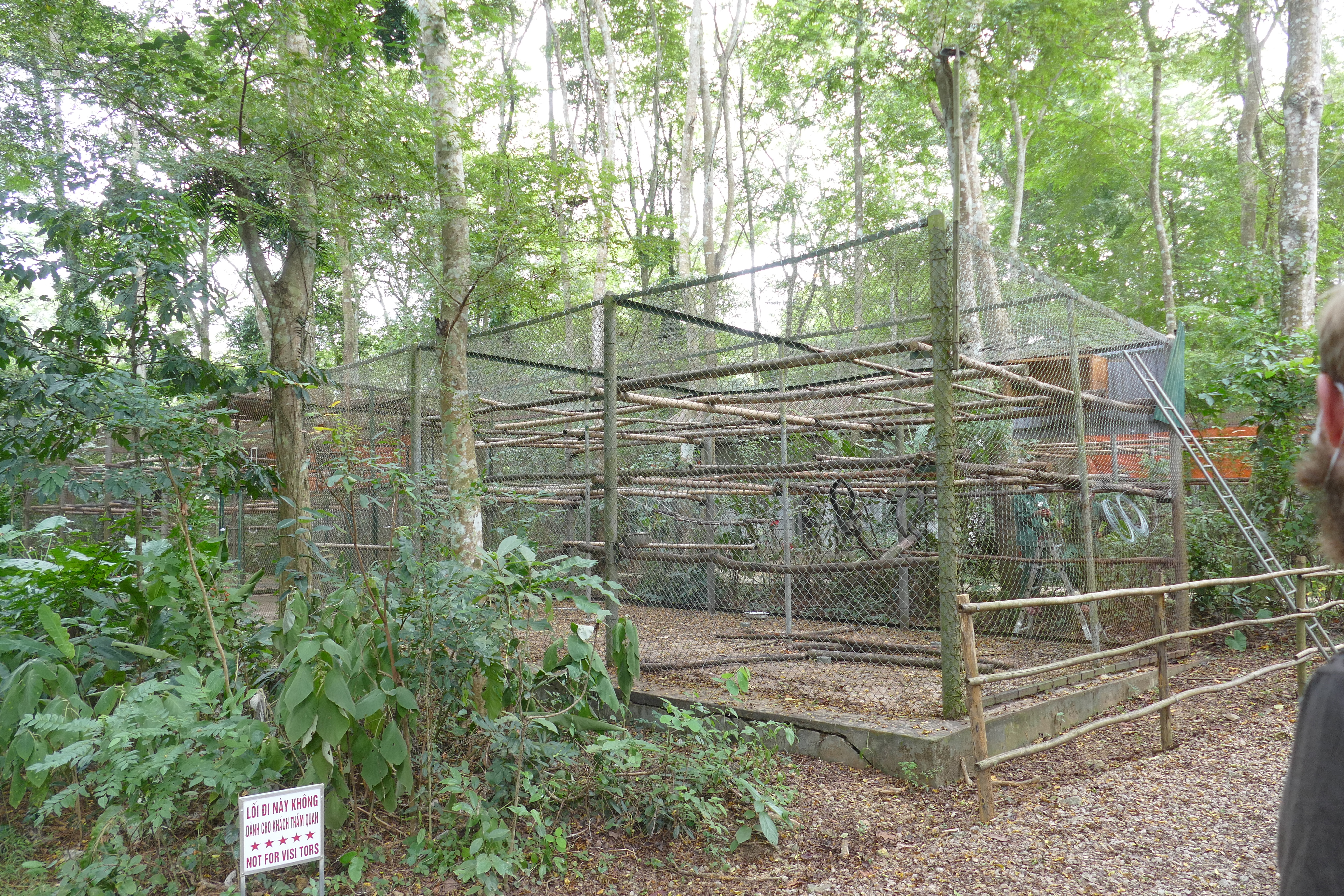



Elke and her team of keepers actively work on enlarging the center, especially by designing new semi-wild enclosures, where animals are prepared for their release into the wild.
Protection in the wild – Van Long Nature Reserve
By now, all langur species have a very restricted distribution in Vietnam. Due to habitat destruction and fragmentation, their habitat is often tiny. However, this can also make their protection easier. Unlike large carnivores or herbivores, primates don’t need large, unfragmented habitats. What they need is effectively protected habitats and strict law enforcement.
In 1993, Tilo Nadler and his team from the Frankfurt Zoological Society discovered a population of 50 Delacour’s langurs in an area close to Cuc Phuong National Park. “there were two main problems at that time in Van Long. Locals still entered the area for poaching, as well as plant and firewood collection, and there were about 1000 goats freely grazing in the area, competing for food with the langurs,” we learn from Elke. It took a few years to secure the area as protected, and in 2001, Van Long Nature Reserve was born. Conservationists immediately started a community protection unit, involving people from the surrounding communities, phasing out grazing in the area, and supporting locals in working for conservation and ecotourism. Fast forward 20 years, there is no poaching in the area, and the population of Delacour’s langurs quadrupled, making it the largest and practically only habitat where this species occurs in the whole world. Before these measures were taken there was so much disturbance that langurs were hardly to be seen with open eyes. But now, there is a very high chance to spot them from one of the small rowing boats provided by locals. For these achievements, Van Long was enlisted on the IUCN Green list, the first of its kind in Vietnam.
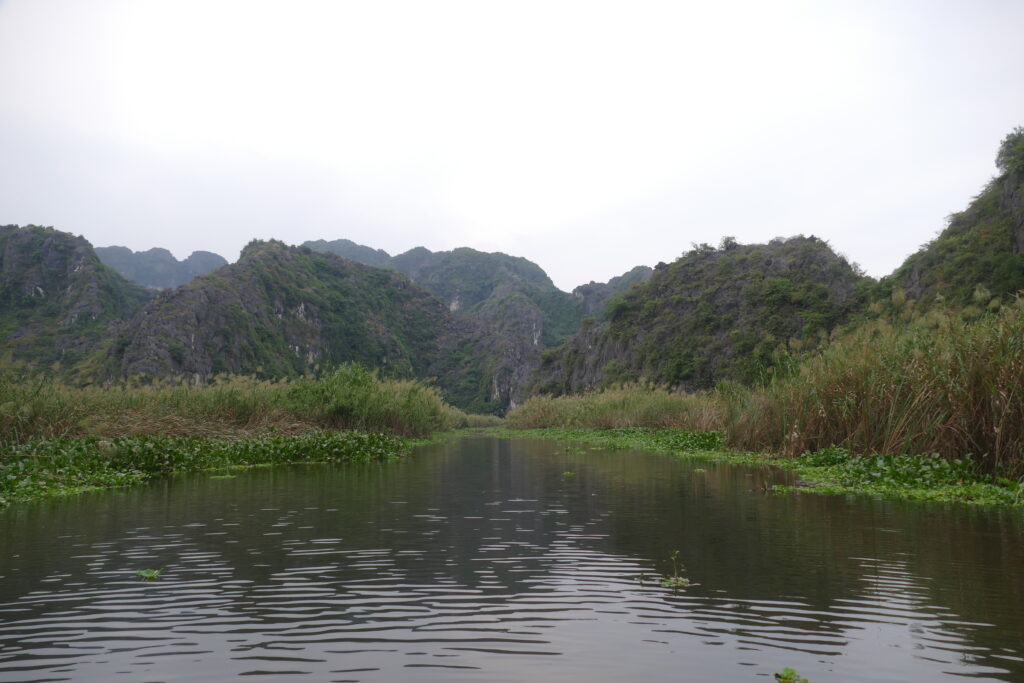
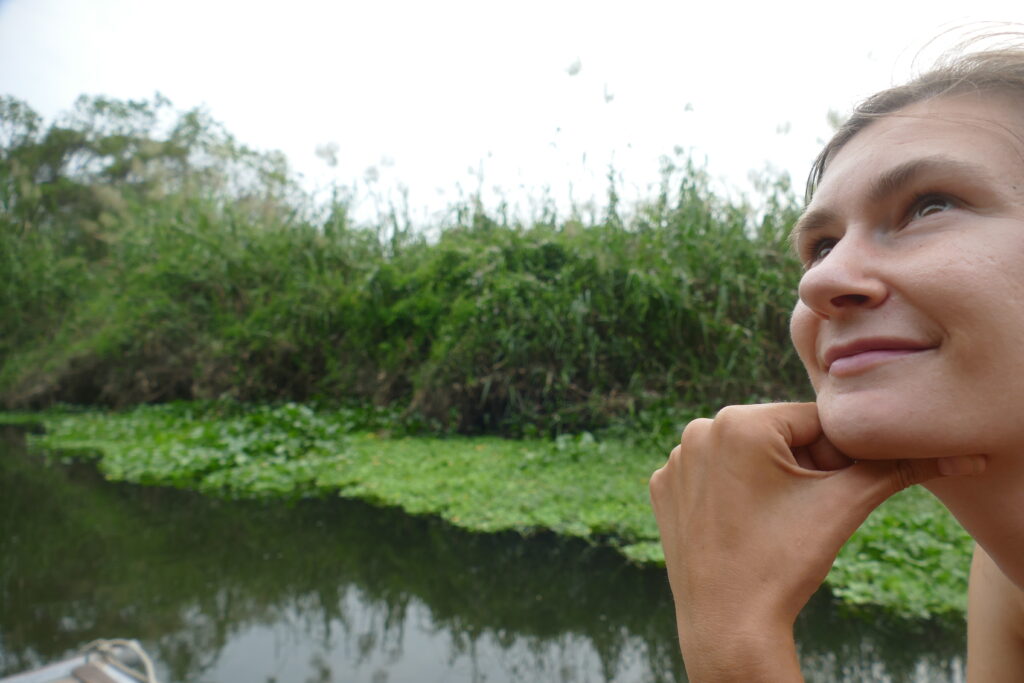

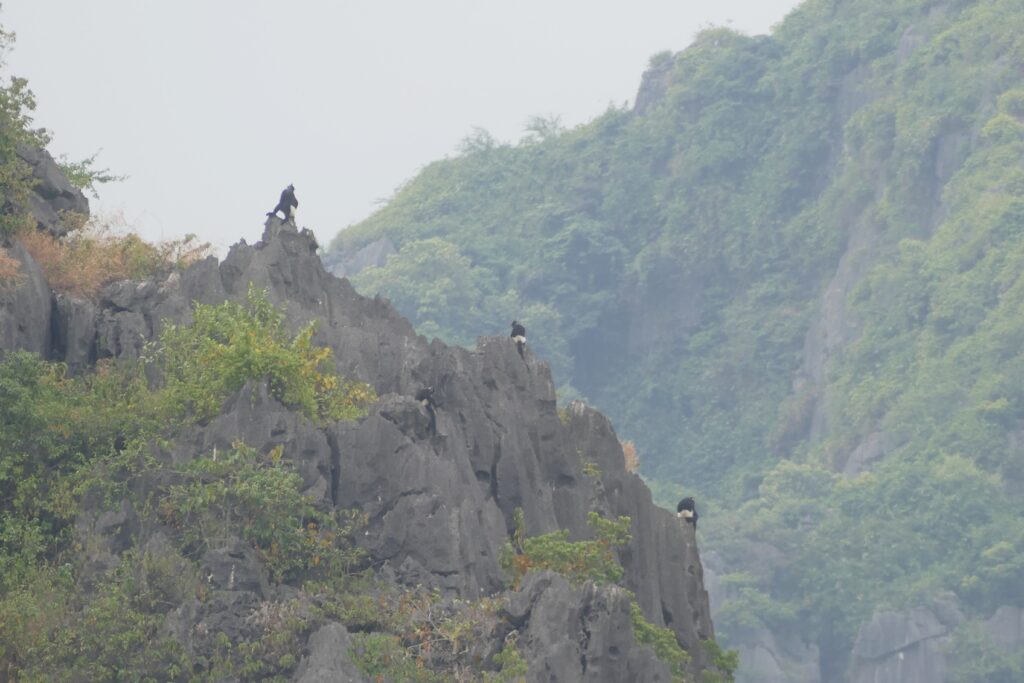
Our impressions from the Van Long Nature Reserve, Vietnam’s stronghold of critically endangered Delacour’s langurs. The symbol of Cuc Phuong National Park, this unique primate species is at risk of extinction and cannot even be found in Cuc Phuong anymore, but only here in Van Long Nature Reserve. It has black fur, but on the rump and back near the buttocks, the fur is strikingly white, and this pattern makes it seem like the langur is wearing white pants.
Is this enough action to save Vietnam’s primates?
As we talk to Elke, it becomes evident to us that the work of the EPRC is crucial to protect the future of Vietnam’s endangered primate species. Over the years, the interest and awareness among the public has increased, and EPRC made a significant contribution in that. Many people in Vietnam know the EPRC, and through informative tours in the center, as well as many educational materials published, they learn the value of nature in the country. The Rescue Center consciously uses media coverage of rescues and releases, to help inform the public, and raise awareness on the impacts of illegal wildlife trade on Vietnam’s primates. Nevertheless, it is hard to assess which process is faster: the destruction of habitats coupled with poaching or conservation and awareness.
In the last few years, there has been a much stricter prosecution for poaching compared to before, when the punishment was high but there was no enforcement. Without effective law enforcement, it’s impossible to put an end to the rampant poaching and wildlife trafficking in the country. Since the new regulation came into effect, the highest persecution for poaching and capturing or keeping endangered species is 10 years in prison.
At the same time, it is very difficult to say to what extent has this legislative change affected the wildlife trade business. Conservationists tell us that still, every week and month, many endangered primates, as well as pangolin scales, tiger parts, and ivory are being confiscated on their way to China. And still, too many people sell and consume wildlife in the country, although the number is decreasing with every generation. As for the future of Vietnam’s primates, we met with several dedicated and courageous conservationists, who juggle research, captive breeding, rescue and reintroduction while also raising awareness and lobbying for political support. They remain optimistic about the future of Vietnam’s primates. For those who dedicate their lives to observe and work with these fascinating species, there is no alternative but to keep fighting for Vietnam’s primates on all fronts.


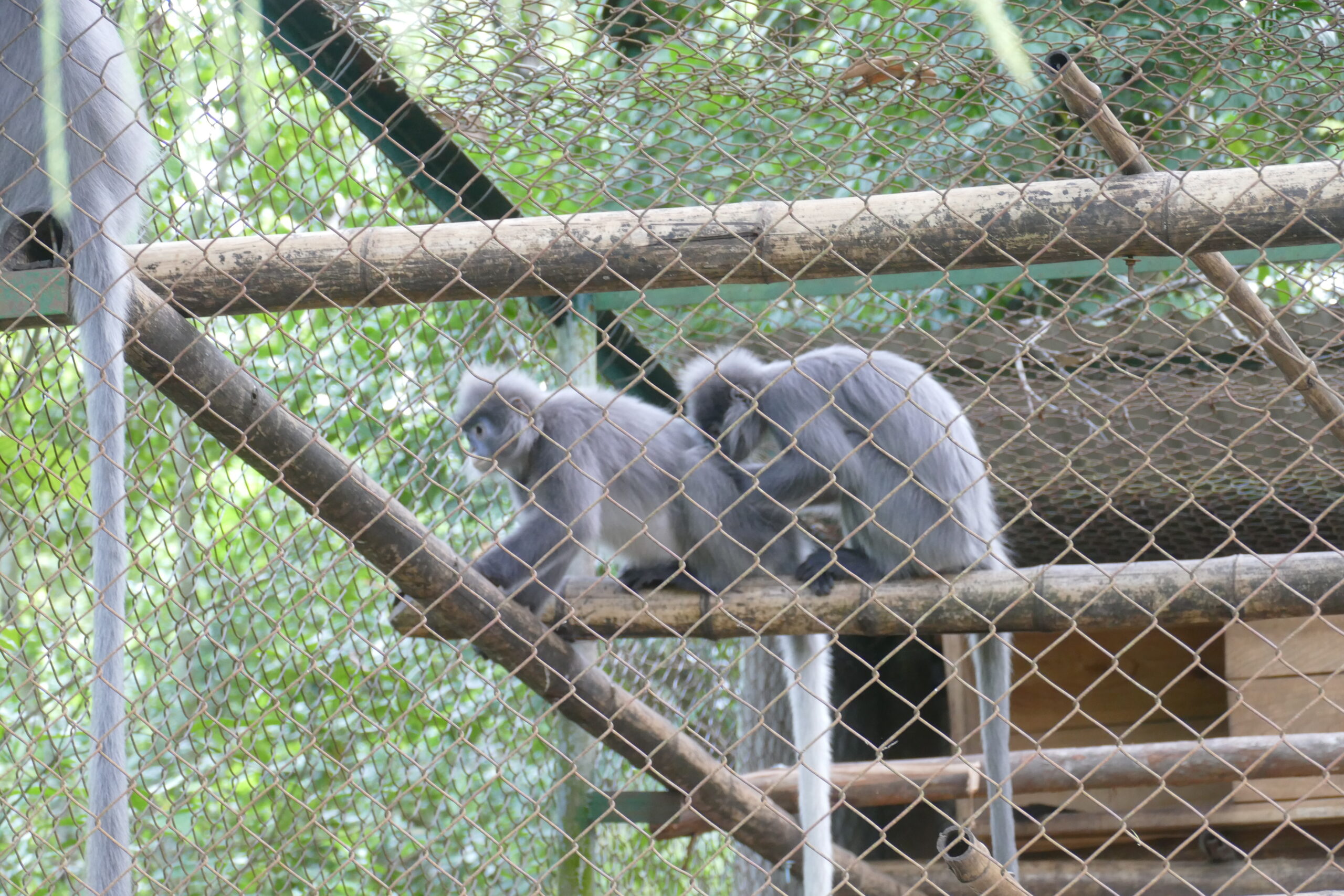
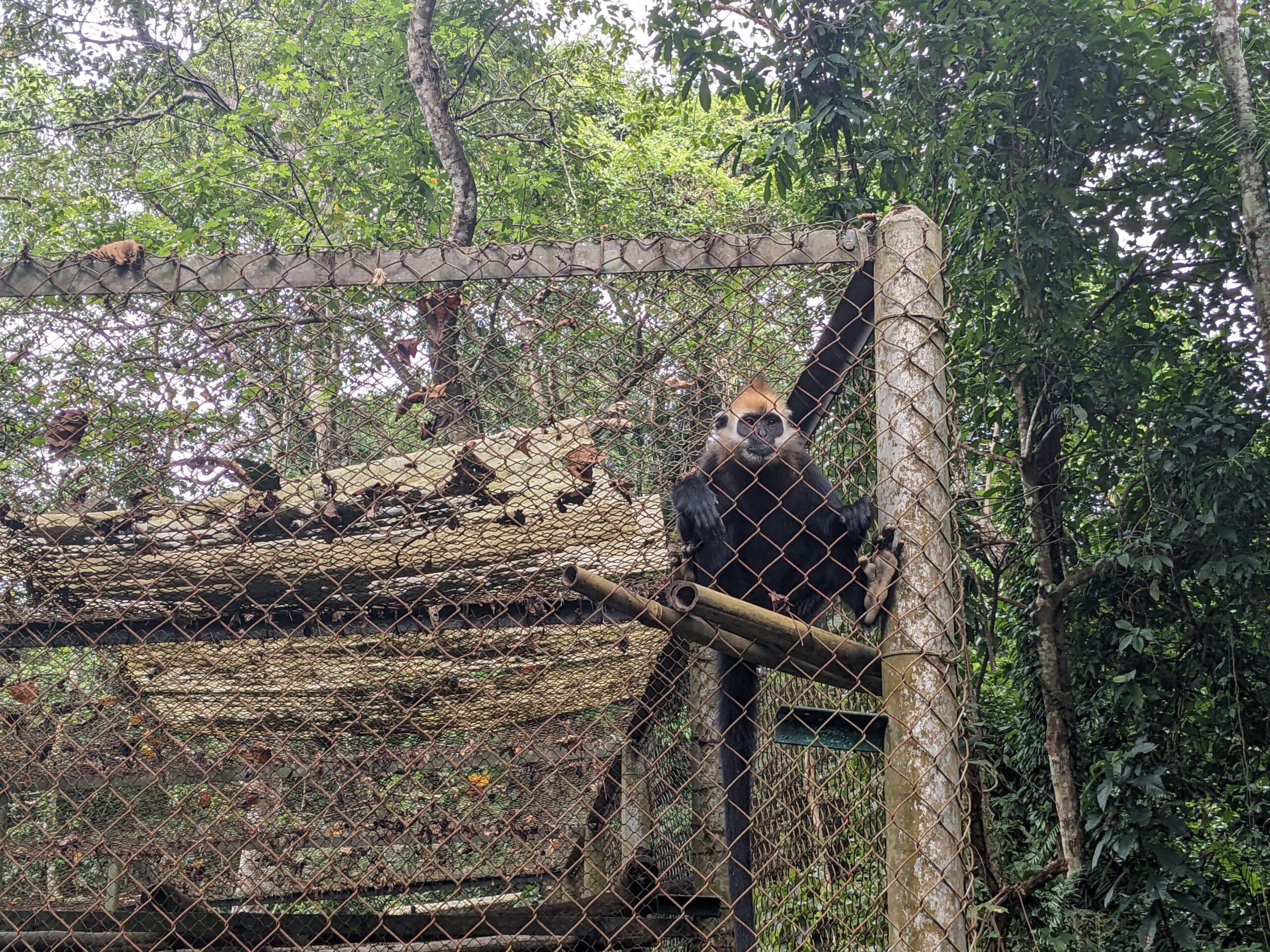

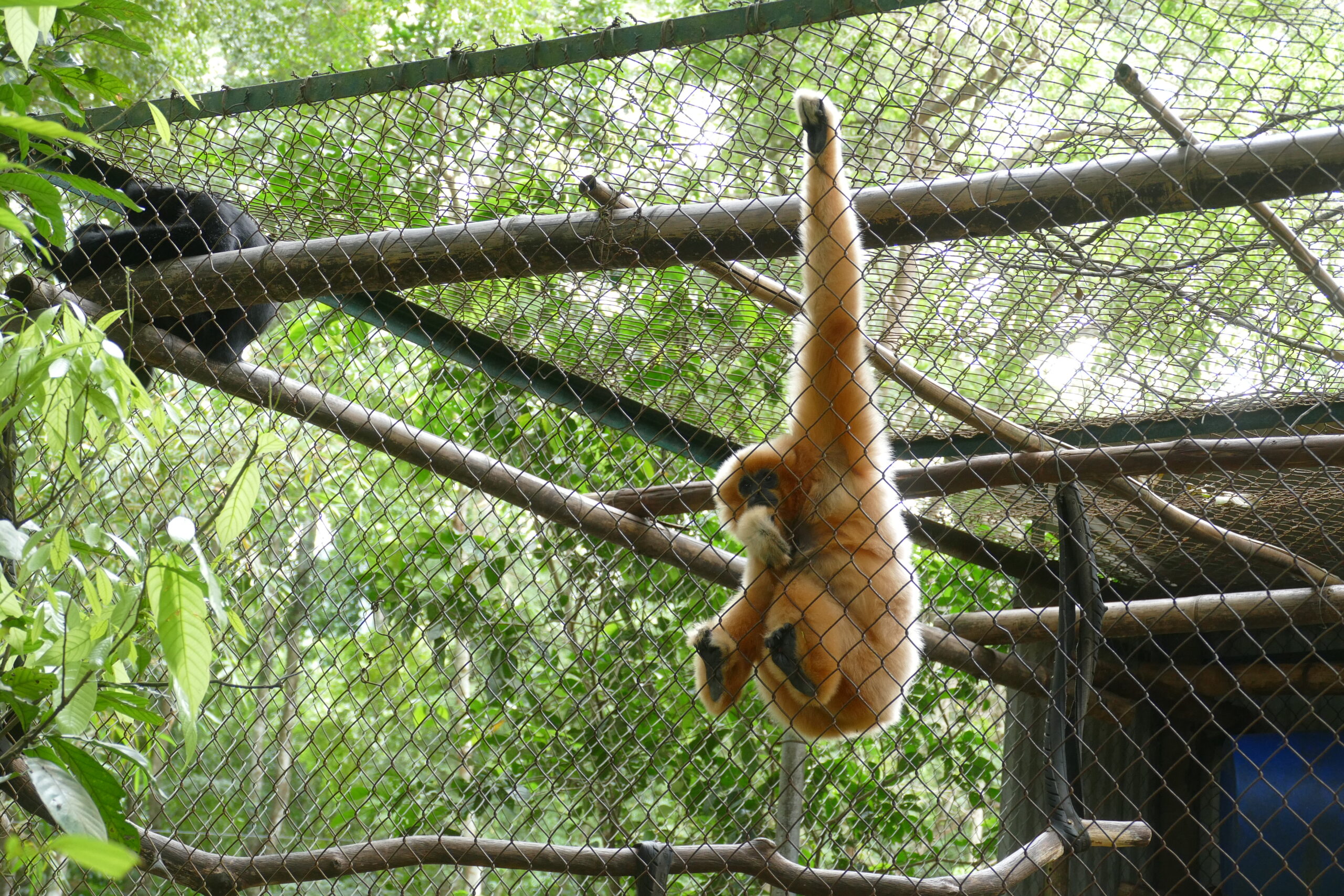
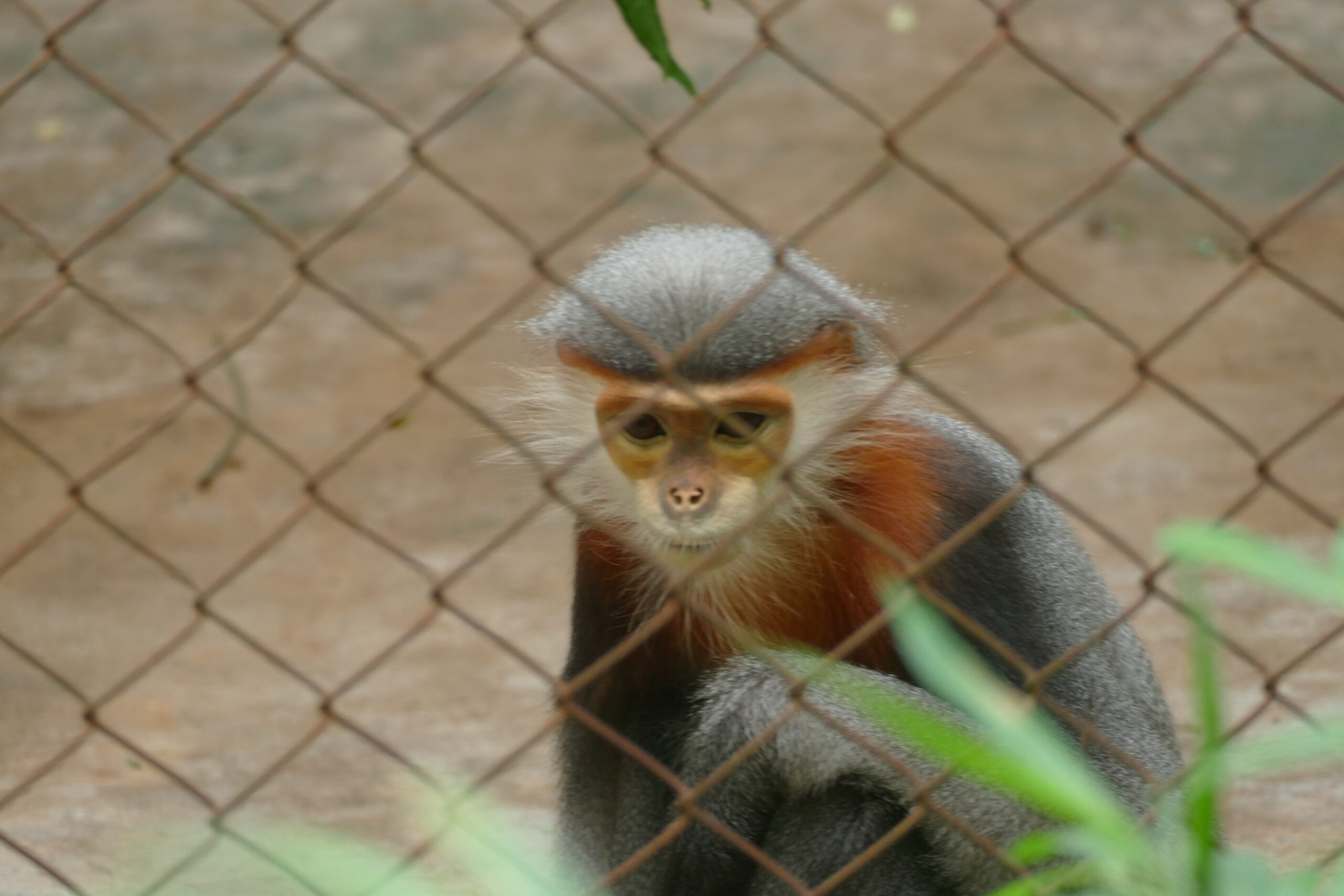
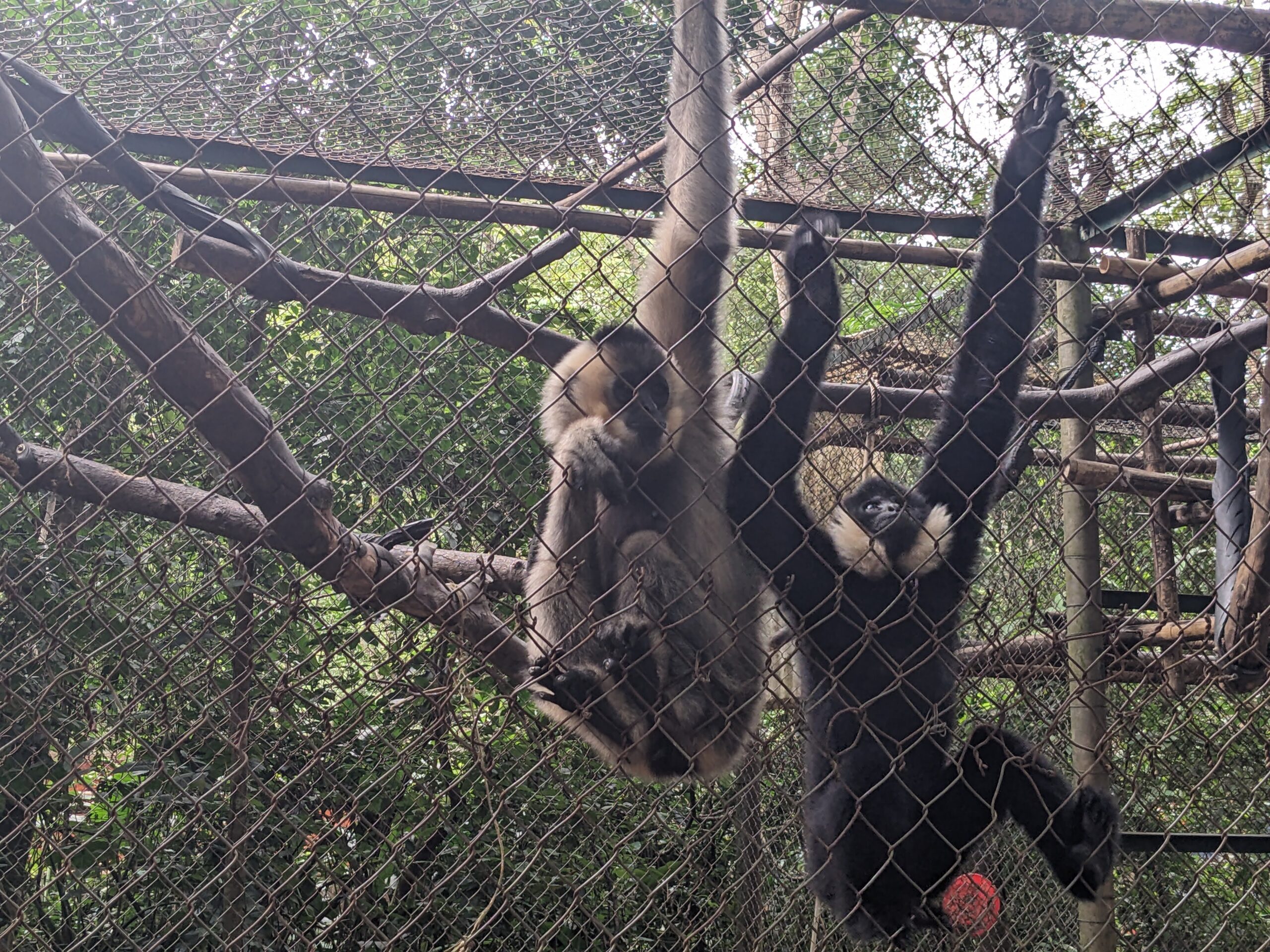
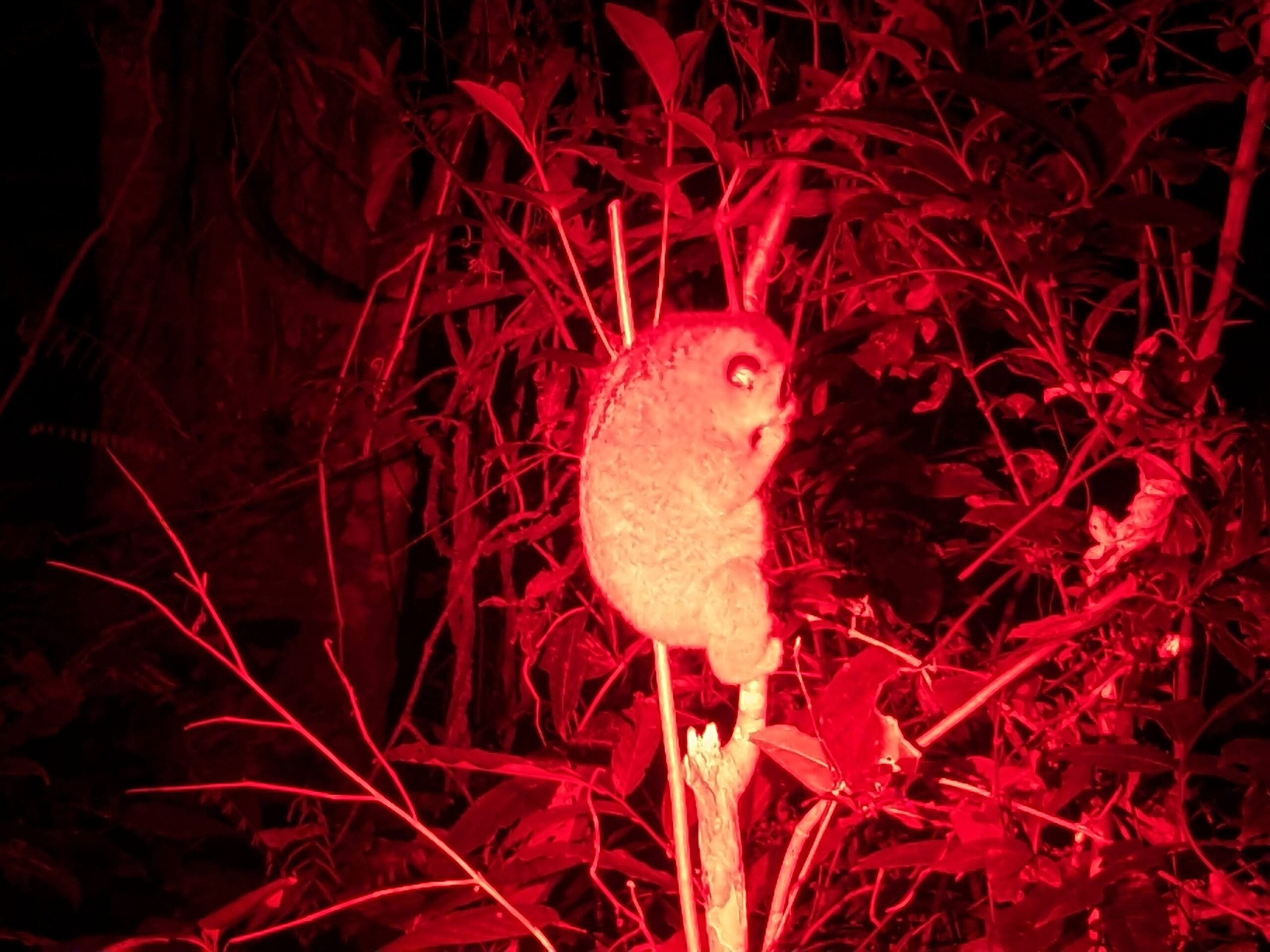
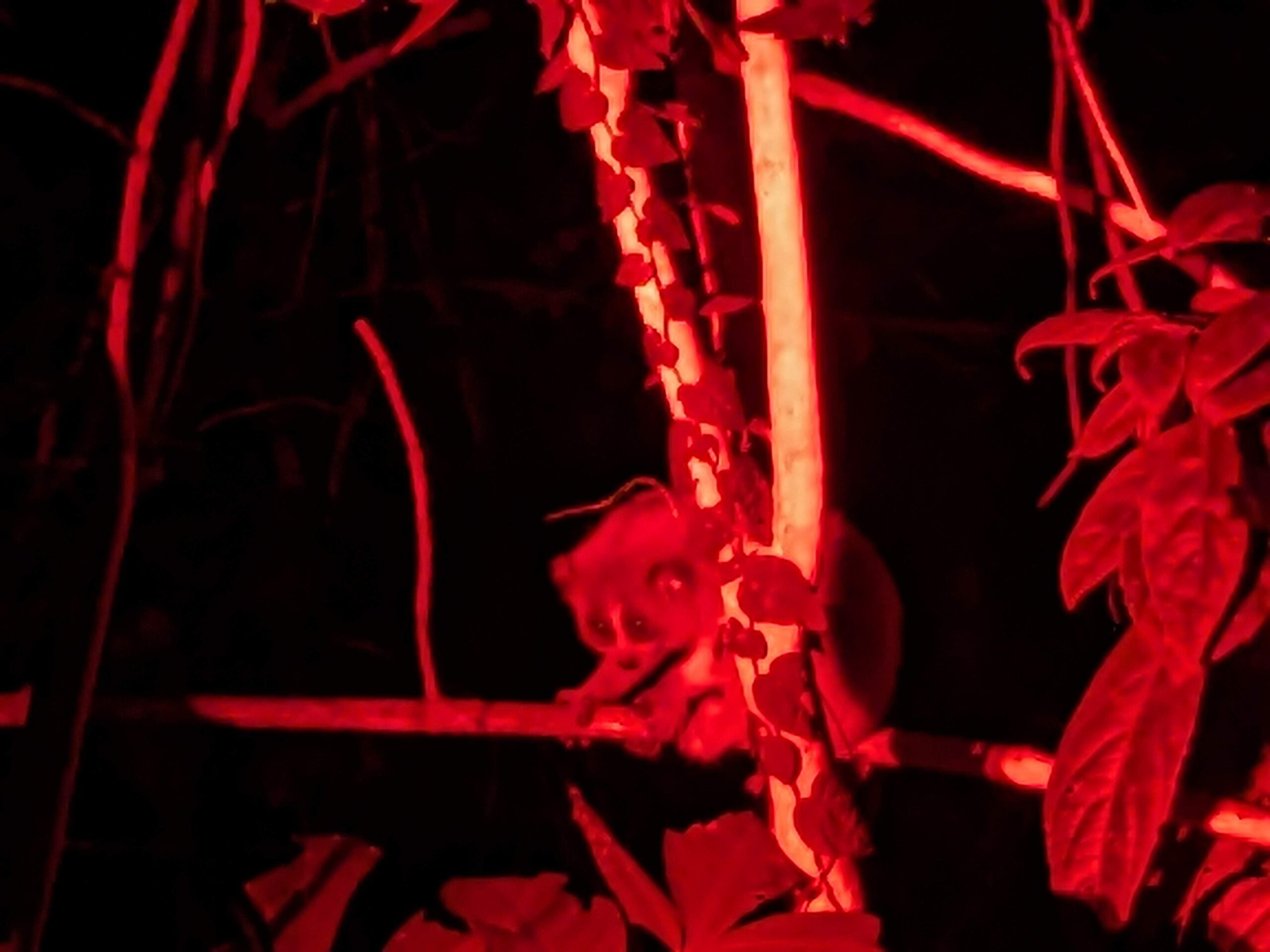
Pingback: Here’s why primates in Central Vietnam are recovering - biking4biodiversity.org
Pingback: What every protected area should have: a lesson from the Central Highlands of Vietnam - biking4biodiversity.org